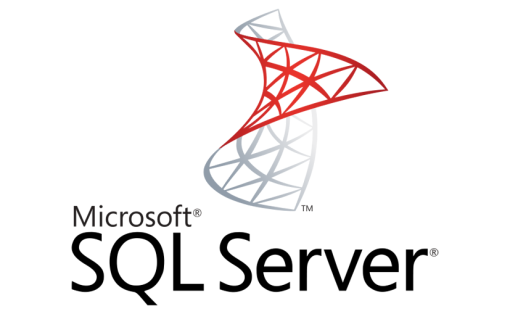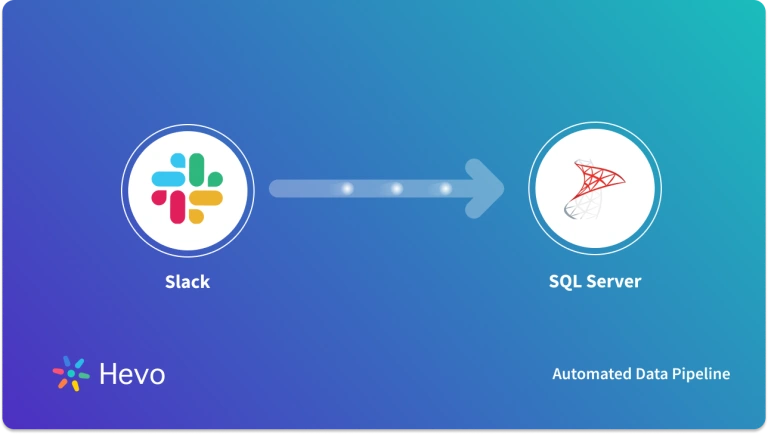 Key Takeaways
Key TakeawaysSQL Server Replication Tools to Consider in 2025:
GUI Tools:
Azure Data Studio – Lightweight database development
SQL Server Management Studio (SSMS) – Integrated SQL management environment
SQL Server Data Tools (SSDT) – Database development tool
Visual Studio Code – With mssql extension
Command-Line Tools:
Bulk Copy Program (bcp) – Data copying utility
mssql-cli – Interactive querying tool
sqlcmd – Transact-SQL command interface
sqlpackage – Database task automation
Migration Tools:
Configuration Manager – Service and network configuration
Data Migration Assistant – Platform upgrade assistance
SQL Server Migration Assistant – Database migration automation
Distributed Replay – Upgrade impact assessment
With the ever-dynamic and global world, businesses are now concerned about how they handle data, store data, and use data to their advantage. The technologies that are chosen help in making adjustments to business processes where necessary, thereby improving growth and evolving your enterprise.
Microsoft SQL Server and SQL Server replication tools aid the growth and advancement of your company. A proper implementation strategy that utilizes Microsoft SQL Server, gives staff access to vital information that would speed up the process of handing out quality service to customers without delay and improves general service delivery.
This article will dwell on a general overview of SQL Server replication tools used in creating replication on SQL Servers and their functions.

Table of Contents
What is Microsoft SQL Server?
Microsoft SQL Server is one of the leading technologies as regards databases. It is a Relational Database Management System (R) developed by Microsoft. The primary function of the system as designed is to manage, store, and retrieve information when requested by other software applications. These software applications may run on the same computer, remotely, or on computers across a network including the internet.
Microsoft SQL Server supports various analytic operations, transactional operations, as well as business intelligence operations and is built on Structured Query Language (SQL), a programming language used to manage databases and query data.
Looking for the best ETL tools to connect your data sources? Rest assured, Hevo’s no-code platform helps streamline your ETL process. Try Hevo and equip your team to:
- Integrate data from 150+ sources(60+ free sources).
- Utilize drag-and-drop and custom Python script features to transform your data.
- Risk management and security framework for cloud-based systems with SOC2 Compliance.
Try Hevo and discover why 2000+ customers have chosen Hevo over tools like AWS DMS to upgrade to a modern data stack.
Get Started with Hevo for FreeWhat is Replication/ Replication on SQL?
As large amounts of data are being retained and managed by cooperations today, the need for these data to be accessible from anywhere and at any given time is ever increasing. These data may range from personal details, credit card information, supplier chains, stakeholders, etc. The availability of such databases and data structures becomes critical for the growth and smooth operations of businesses therefore having a replica that can be used by other branches in the network or backup of the database is a necessity for increasing output.
With SQL Server replication, identical copies of your primary database can be copied or changes may be synchronized to multiple databases to maintain consistency across the board. Replication is used to share data to mobile users, various locations, or over a local or wide area network, and the internet. Also, check out the types of SQL Server replication.
SQL Server Replication is a flexible system that synchronizes your data easily, the various types of replication on SQL include:
- Transactional replication: this is mostly used when replication involves a large amount of data, typically from server-to-server. This is because it may require integrating data from multiple sources, data warehousing, scalability, availability, and reporting.
- Merge replication: this is primarily designed for mobile applications to avoid conflicts that may occur when exchanging data with mobile users, using customer Point of sale (POS) applications, etc.
- Snapshot replication: this usually provides the initial data set used in transactional and merged replication. It can also be useful for completing or refreshing data when required.
SQL Server Replication Tools
To manage databases on SQL Server, tools are of utmost importance. In this section, we will look at the SQL Server replication tools used in the structuring of SQL databases. These SQL Server replication tools fall into the following categories:
Tools with Graphical User Interface (GUI).
These are tools through which you can visualize your data while replicating, monitor changes, and manage them. On SQL Server the following GUI tools are available.
- Azure Data Studio: this is a light-weight software that is designed to make routine database development and helps you run on-demand SQL queries. It can also be used to view database queries and save results of the database as text, JSON, or Excel files. In addition to this, it edits your data and organizes your database connections.
- SQL Server Management Studio (SSMS): this is an integrated environment used in managing SQL infrastructure. It has a large number of graphical tools with script editors to build queries and scripts. It further monitors and upgrades data used by other applications.
- SQL Server Data Tools (SSDT): this is a model development tool that is used in database development. It is used to build SQL Server relational databases. SSDT is used by developers to build, maintain, and refactor databases which can be worked on directly when connected or on-off location facility when the data is replicated.
- Visual Studio Code: this is an “mssql” extension that supports connections from SQL Server and is rich in editing T-SQL
Command-Line Tools
The tools listed below are the main command-line tools found in SQL Server:
- Bulk Copy Program (bcp): this is used to copy data between an instance of Microsoft SQL Server and a data file in a user-specified format. The bcp utility can be used to import large numbers of rows into SQL Server or export SQL Server data into files.
- mssql-cli: this is an interactive command-line tool for querying SQL Server.
- mssql-conf: this is used to configure SQL Server running on Linux.
- mssql-scripter: this is used in scripting SQL Server databases.
- sqlcmd: this is used to enter Transact-SQL statements, system procedures, script files at the command prompt.
- sqlpackage: this is a utility that is used to automate database tasks.
- SQL Server PowerShell: it is used in providing cmdlets for working with SQL.
Migration and Other Tools
These tools are used to migrate, configure, and provide data to other components connected to the system. They include the following:
- Configuration Manager: this is used to configure SQL Server services and configure network connectivity. It controls real-time actions on managed devices when data is replicated.
- Database Experimentation Assistant: used to evaluate a version of SQL for a given workload.
- Data Migration Assistant: helps in upgrading to a modern data platform by detecting compatibility issues.
- Distributed Replay: used in accessing the impact of hardware and operating system upgrades, and impact of future SQL Server upgrade.
- ssbdiagnose: it records all SQL Server Profiler events that indicate runtime errors. It is used to report issues in service broker conversations.
- SQL Server Migration Assistant: used to automate database migration to SQL Server.
Conclusion
Data storage and management by companies drive innovative ways of doing business. This article gave presented a broad overview of the SQL Server replication tools that can be used in the replication of data and how important it is for businesses to catch up with the ever-changing world of data management to maximize profit.
visit our website to explore hevoHowever, using these tools in isolation can be tiring and exhausting because it requires a special skillset but having a third-party platform like Hevo-Data where everything can be achieved by a simple click of a button is highly efficient.
On Hevo Data, replication of databases takes place seamlessly through managed components which improves your overall productivity. Hevo has integrations with 150+ data sources including Microsoft SQL Server.
FAQ SQL Server Replication Tools
What are the three types of replication in SQL Server?
SQL Server supports three primary types of replication, each suited to different scenarios and needs. Here are the three types:
1. Snapshot Replication
2. Transactional Replication
3. Merge Replication
How to do replication in SQL Server?
Here’s a general guide on how to set up replication:
1. Prepare the Environment
2. Configure the Distributor
3. Configure the Publisher
4. Configure the Subscriber
5. Monitor and manager replication
What is a replication tool?
A replication tool is a software application or utility designed to manage the process of replicating data across different systems or databases. Replication tools are used to synchronize data between multiple locations, ensuring consistency, availability, and reliability of data across distributed environments.











